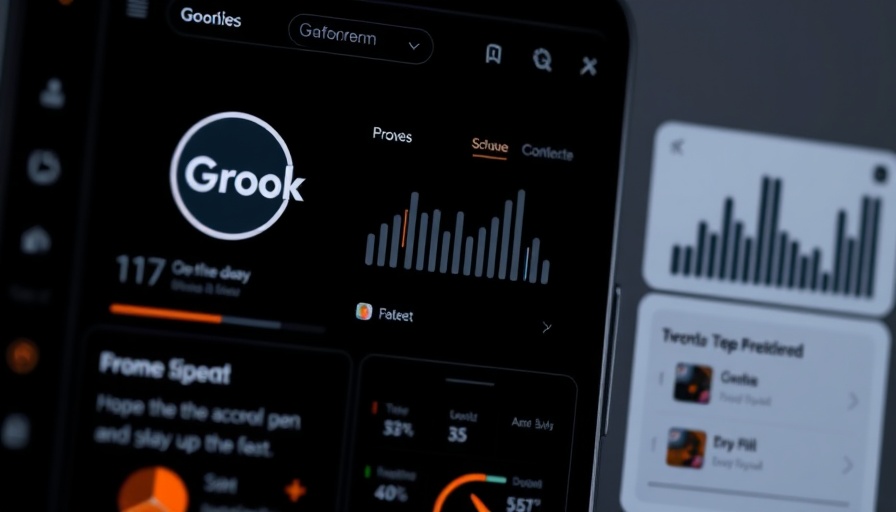
Elon Musk's Grok-3 Model: Innovation or Disappointment?
Elon Musk's recent launch of the Grok-3 AI model has been met with a wave of skepticism regarding its real-world performance. Despite pricing that matches industry leaders like OpenAI's GPT-4 and DeepSeek, critics are already questioning whether Grok-3 lives up to the hype. Leading this scrutiny is Randall Hunt, CTO of Caylent, who asserts that the model has significant performance shortfalls, particularly in its vulnerability to manipulation by "jailbreaking" tactics.
Unique Features and Major Flaws
Grok-3 presents itself as a potentially powerful tool, having unique access to the X platform for searching real-time data. However, initial evaluations reveal serious issues. Hunt has noted that Grok-3's responses tend to be slow, sarcastic, and frequently incorrect. In a rather telling test, it struggled with fundamental reasoning tasks, such as failing to pass basic Tic Tac Toe challenges, raising red flags for enterprise leaders considering its adoption for business applications.
The Problem with AI Benchmarks
One of the critical challenges highlighted by Hunt involves the limitations of standard AI benchmarks. Often touted as measures of effectiveness, these benchmarks can mask a model's true capabilities in practical settings. Hunt contends that a focus on real-world applications and value, rather than artificially optimized benchmarks, is essential for evaluating AI models like Grok-3. This perspective reflects a growing consensus in the AI community that mere numbers can be misleading, particularly if they do not translate into tangible benefits.
Architecture: A Roadblock to Progress?
An essential factor in Grok-3's shortcomings may lie in its architectural design. Hunt has criticized current AI development trends, claiming that industry giants are primarily stacking data rather than innovating fundamentally. He argues that without radical architectural advances, we are unlikely to witness significant improvements in AI capabilities moving forward.
What This Means for the Future of AI
The skepticism surrounding Grok-3 does not solely reflect on Musk's venture; it raises broader questions regarding the direction AI technology is heading. With a perceived lack of innovative frameworks available, there is a pressing need for the industry to rethink its strategies. If leading companies continue to rely on outdated methodologies while ignoring the potential benefits of new architectural designs, the consequence may stifle further advancements in AI.
Balancing Innovation and Application
Despite its current limitations, Grok-3 still holds potential competitive advantages thanks to its unique access to real-time data via the X platform. If these capabilities are properly refined and the data cleaned effectively, Grok-3 might carve out a niche where other models falter. However, enterprise leaders remain cautious, as the troubling issues currently overshadow these potential merits.
The current discussions surrounding AI tend to focus on the technological evolution we expect over the coming years. While Grok-3's entrance into the market has illuminated various flaws and opportunities, it also serves as a reminder of the importance of continuous improvement. For AI to meet its transformative promise, both the technology and associated business models must adapt and evolve, fostering an environment for true innovation.
As conversations around Grok-3 and its performance continue, stakeholders must remain vigilant about how these developments impact the broader landscape of AI technology. Only through transparency and rigorous evaluation can the industry ensure advancements translate into real-world outcomes.
 Add Row
Add Row  Add
Add 




 Add Row
Add Row  Add
Add 

Write A Comment